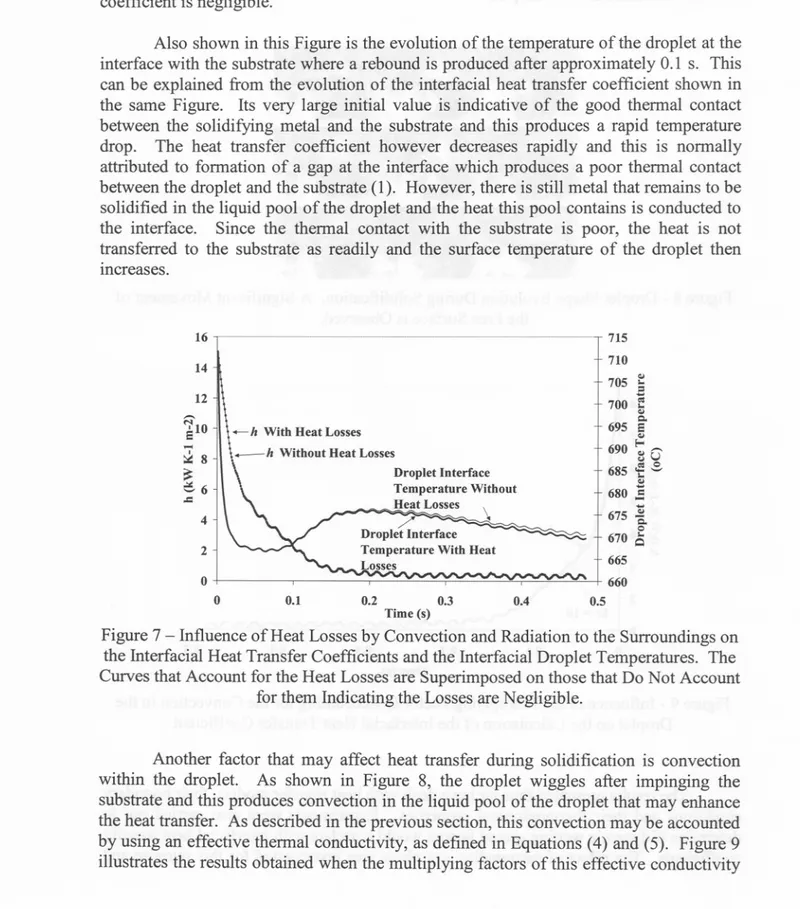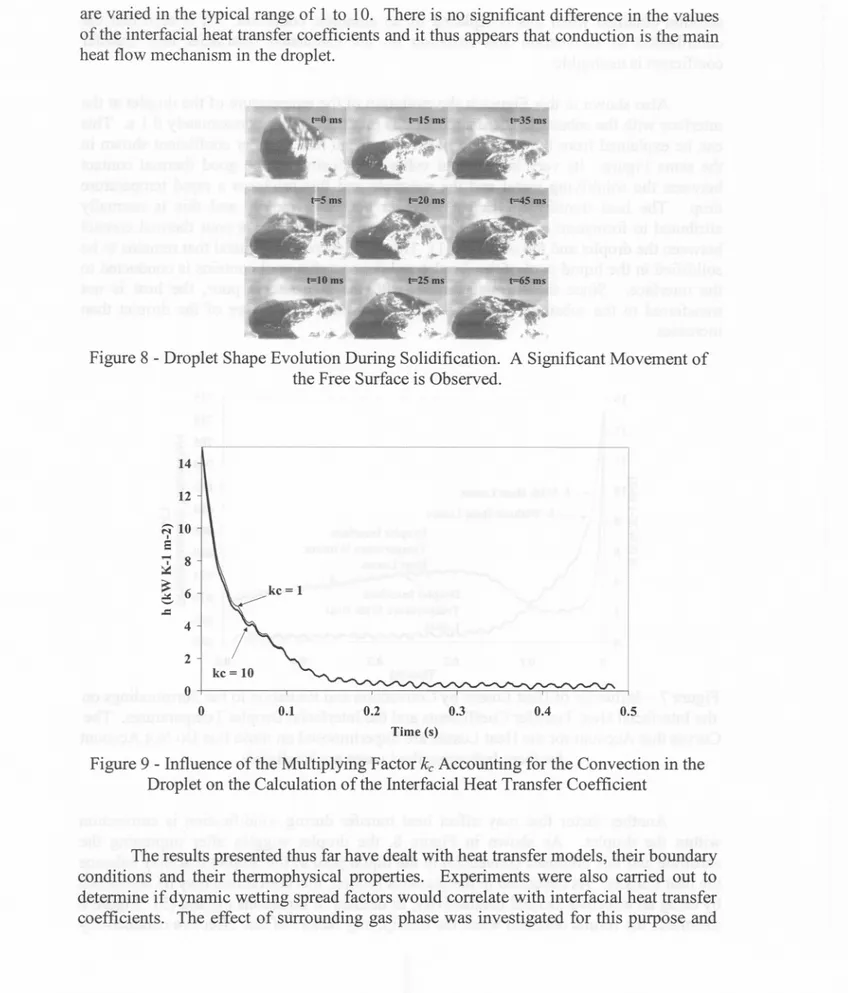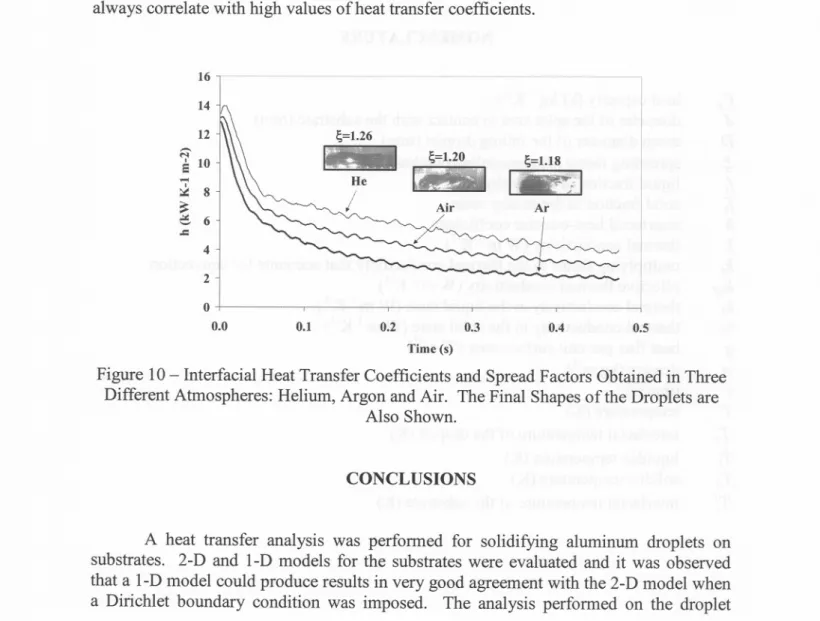Dynamic wetting spread factors and interfacial heat transfer coefficients in the solidification of aluminum droplets on copper substrates
Texte intégral
Figure
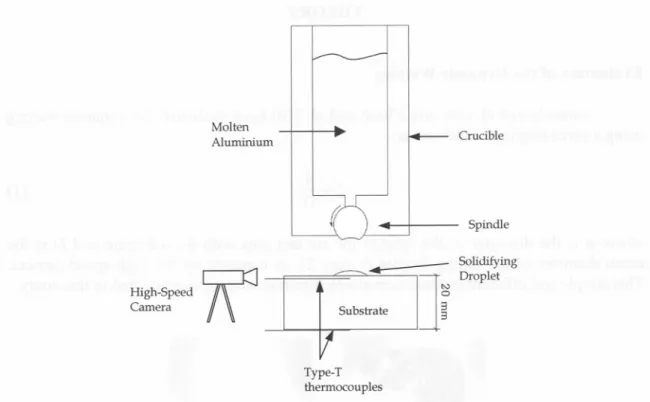
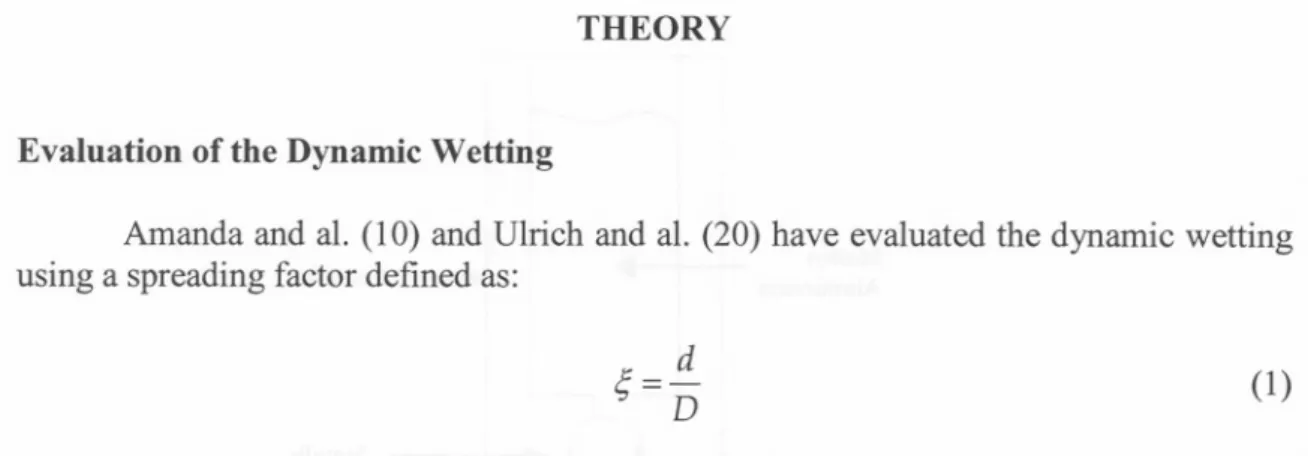
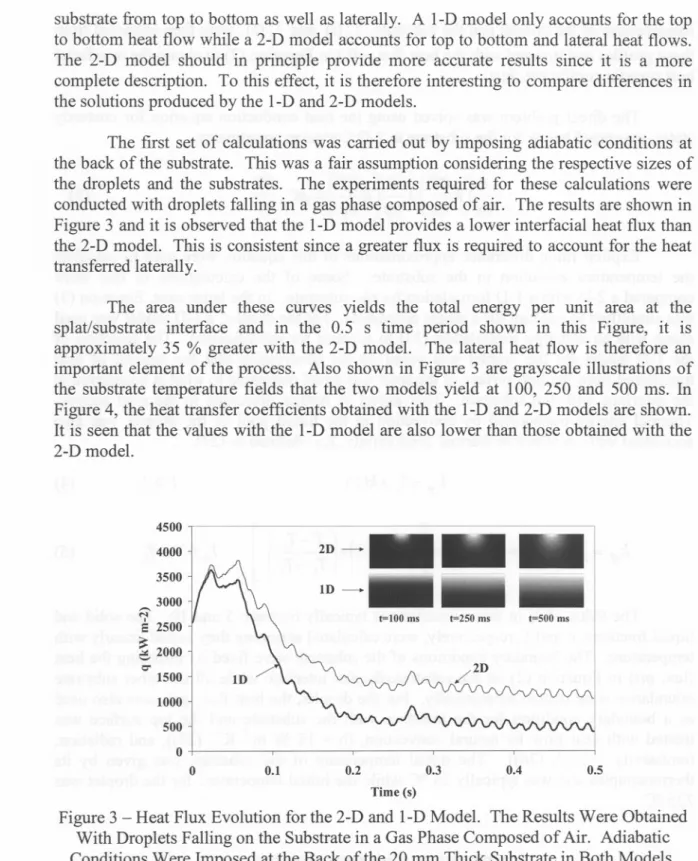
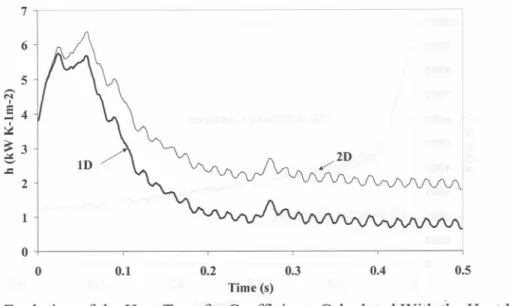
Documents relatifs
L’accès à ce site Web et l’utilisation de son contenu sont assujettis aux conditions présentées dans le site LISEZ CES CONDITIONS ATTENTIVEMENT AVANT D’UTILISER CE SITE
Keywords: pancreatic ductal adenocarcinoma; cancer metabolism; mitochondria; mitochondrial metabolism; energetic metabolism; OXPHOS; metabolic heterogeneity; mitochondrial complex
A new predictive dynamic model describing the effect of the ambient temperature and the convective heat transfer coefficient on bacterial growth... The proposed model associates a
For several years, various works have been done on the divergent solutions of some classes of linear partial differential equations or integro-differential equations in two variables
This article proposes an efficient explicit numerical model with a relaxed stability condition for the simulation of heat, air and moisture transfer in porous material.. Three
With both the constant and linear ambient air temperature distributions, the numerical results show that the interfacial heat transfer modifies the free surface temperature
This new spectral formulation, which may be also re- garded as a grey band formulation with a local absorption coefficient, leads to two implementation methods: a non correlated form
The proof for null controllability for the linear parabolic heat equation is then achieved in [11] for the case of a coefficient that exhibits jump of arbitrary sign at an

